Decorative garden rocks are one of the most versatile additions you can make to your outdoor space. Not only do they add aesthetic appeal, but they also serve numerous practical purposes, from weed control to drainage improvement. After spending years experimenting with different types of garden rocks in my own backyard, I can genuinely say they have transformed my outdoor living experience. In this article, we will explore various types of decorative garden rocks, their benefits, how to choose the right ones for your needs, and practical tips for incorporating them into your garden design.
What Are Decorative Garden Rocks?
Decorative garden rocks are stones that are used for landscaping purposes. They come in various shapes, sizes, and colors, allowing you to create a unique look for your garden. From small pebbles to large boulders, these rocks can enhance the natural beauty of your outdoor space.
Types of Decorative Garden Rocks
There are many types of decorative garden rocks to choose from. Here’s a breakdown of some of the most popular options:

1. River Rocks
River rocks are smooth stones that have been naturally polished by water. They come in various colors and are perfect for creating pathways or accents in garden beds.
2. Crushed Stone
Crushed stone is made from larger rocks that have been crushed into smaller pieces. Available in many colors, it can be used as a base material or as decorative mulch.
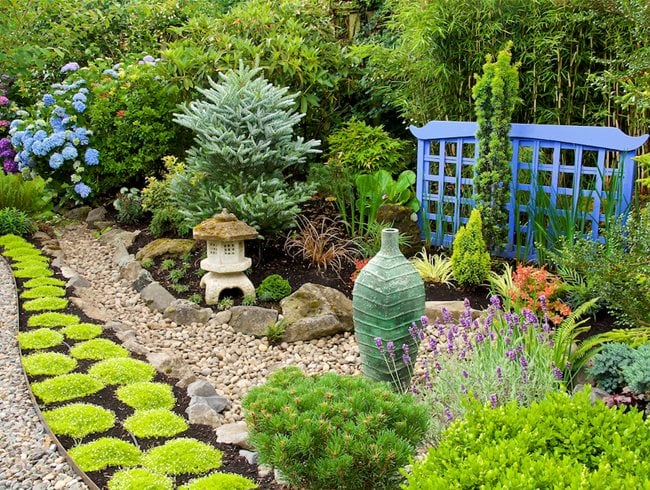
3. Lava Rocks
Lava rocks are lightweight, porous, and have a unique reddish color. They are ideal for retaining heat in gardens and are often used in succulent arrangements.
4. Granite Rocks
Granite rocks are durable and come in various hues. They can be used to create garden walls or focal points in landscaping designs.
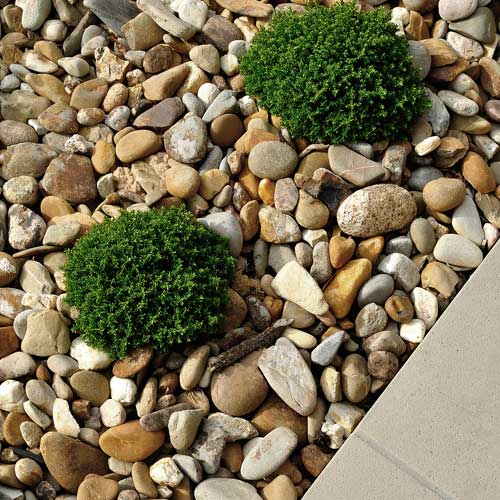
5. Marble Chips
Marble chips are white or light-colored stones that add a clean, sophisticated look to gardens. They are popular for walkways and decorative beds.
Benefits of Using Decorative Garden Rocks
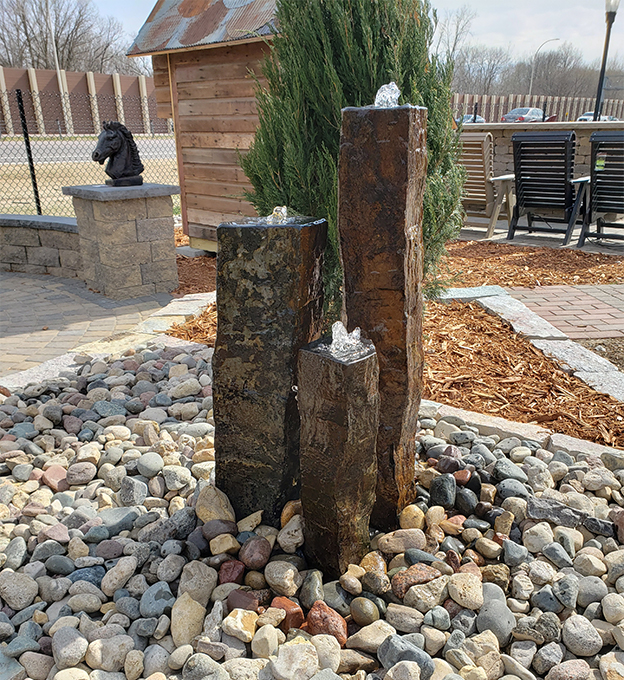
- Aesthetic Appeal: Decorative rocks enhance the visual appeal of your garden.
- Low Maintenance: Once installed, they require little maintenance compared to plants.
- Weed Control: Rocks can help suppress weeds when used as ground cover.
- Soil Erosion Prevention: They help prevent soil erosion on slopes and hills.
- Drainage Improvement: Rocks can facilitate better drainage in flower beds.
Choosing the Right Decorative Garden Rocks
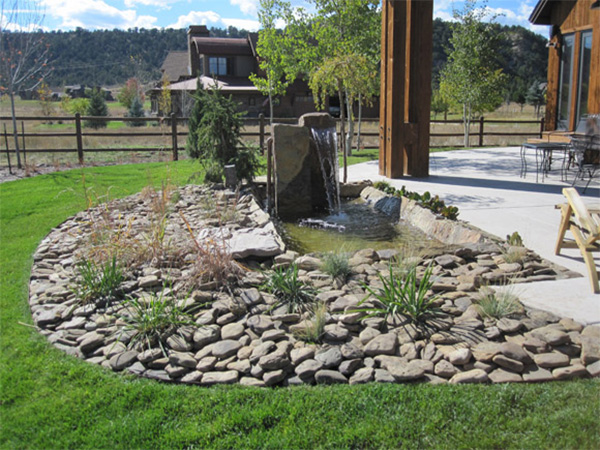
When selecting decorative garden rocks, consider the following factors:
1. Purpose
Decide what you want to achieve with the rocks. Are they for decorative purposes, drainage, or both?
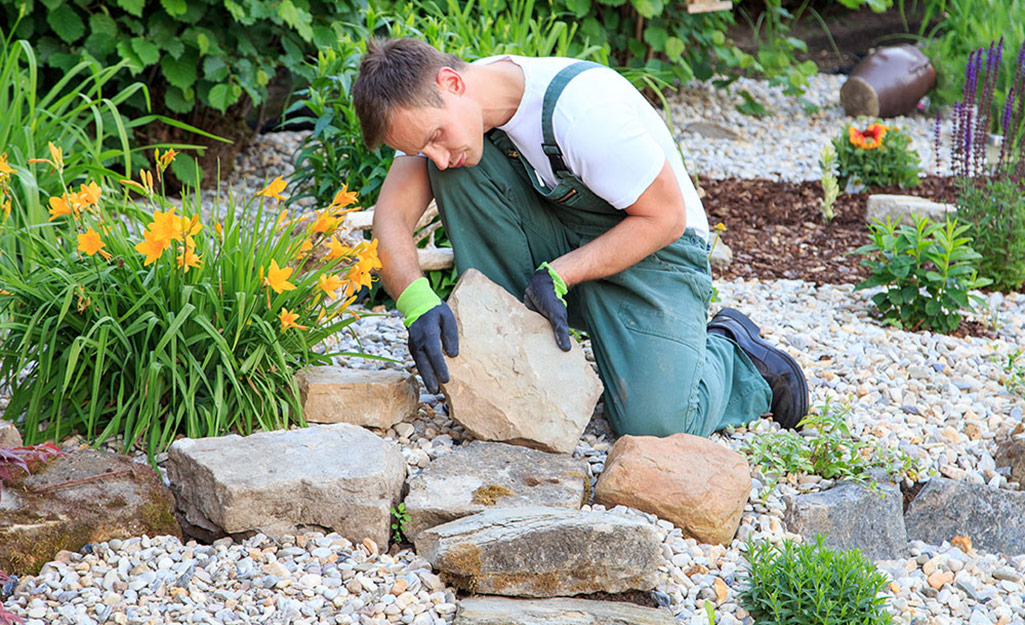
2. Size and Shape
The size and shape of the rocks will impact the overall look of your garden. Larger rocks can create focal points, while smaller ones work well for pathways.
3. Color
Choose colors that complement your garden’s existing flora for a cohesive look.

4. Material
Different materials (e.g., granite vs. lava rocks) have different properties, so think about durability and maintenance.
How to Incorporate Decorative Garden Rocks in Your Landscape
Now that you understand the types, benefits, and how to choose decorative garden rocks, let’s discuss some creative ideas for using them in your garden.
1. Rock Gardens
Create a rock garden that combines different types of rocks and plants. This showcases your creativity and adds texture to your landscape.
2. Pathways and Walkways
Use flat stones or pebbles to create beautiful pathways that guide visitors through your garden.
3. Borders and Edging
Rocks can act as natural borders for flower beds or vegetable gardens, enhancing their visual appeal.
4. Water Features
Incorporate rocks into ponds or fountains for a more natural look, enhancing the calming effects of water.
5. Decorative Piles
Stacking rocks in a decorative manner can create visual interest and serve as a focal point.
Comparison of Popular Decorative Garden Rocks
| Type of Rock | Texture | Color Options | Ideal Use | Pros | Cons |
|---|---|---|---|---|---|
| River Rocks | Smooth | Brown, Gray, Tan | Pathways, Garden Accents | Natural look, easy to walk on | Can shift over time |
| Crushed Stone | Rough | Gray, White, Red | Driveways, Mulch | Good drainage, low cost | Can be sharp; not good for barefoot walking |
| Lava Rocks | Rough | Red, Black | Succulent Gardens, Drainage | Lightweight, retains heat | Can be dusty when dry |
| Granite Rocks | Rough | Gray, Pink | Walls, Focal Points | Durable, weather-resistant | Heavy; may require professional installation |
| Marble Chips | Sharp | White, Gray | Walkways, Decorative Beds | Elegant appearance, reflective | Can be slippery when wet |
Installing Decorative Garden Rocks
Installing decorative garden rocks can be a straightforward DIY project. Here’s how to do it:
1. Preparation
Clear the area where you want to place the rocks and remove any weeds or grass.
2. Base Layer
If you’re using smaller rocks, consider laying down landscape fabric to prevent weeds. For larger rocks, this might not be necessary.
3. Placement
Arrange the rocks in your desired pattern. For pathways, ensure they are spaced close enough for easy walking.
4. Finishing Touches
Add soil or mulch around the rocks to keep them in place and enhance the visual appeal.
Maintenance Tips for Decorative Garden Rocks
While decorative rocks require less maintenance than plants, some upkeep is necessary:
1. Periodic Cleaning
Wash the rocks occasionally with a hose to remove dirt and debris.
2. Weed Control
Check for any weeds that may sprout up in or around the rocks and remove them promptly.
3. Rearranging
Over time, rocks may shift from their original placement. Periodically check and rearrange them as necessary.
Conclusion: Embrace the Beauty of Decorative Garden Rocks
Decorative garden rocks are more than just landscaping materials; they are an opportunity to express your creativity and enhance the tranquility of your outdoor spaces. With the right type of stones and a little planning, you can create stunning pathways, striking rock gardens, and charming accents that elevate your garden’s aesthetic. Whether you are a seasoned gardener or a newbie, incorporating decorative garden rocks can be a delightful and rewarding experience.
FAQs About Decorative Garden Rocks
1. What are the best decorative stones for gardens?
The best decorative stones vary depending on the intended use. River rocks are great for paths, while crushed stone is ideal for drainage.
2. How do I prevent weeds from growing in my rock garden?
Using landscape fabric beneath your rocks can help prevent weed growth. Regular maintenance will also keep weeds at bay.
3. Can decorative rocks be used for drainage?
Yes, using larger rocks or crushed stone can significantly improve drainage in garden beds or around plants.
4. How do I clean decorative garden rocks?
Cleaning garden rocks can be done using plain water and a hose, or for tougher stains, a mild soap solution may be applied.
5. Are decorative garden rocks expensive?
The cost of decorative garden rocks varies widely based on type and quantity. Generally, crushed stone is more affordable than larger specialty rocks.
Final Thoughts
With an array of options available, decorative garden rocks can enhance your outdoor space and make it uniquely yours. Experiment with different styles, colors, and arrangements to find the perfect fit for your garden. Happy gardening!